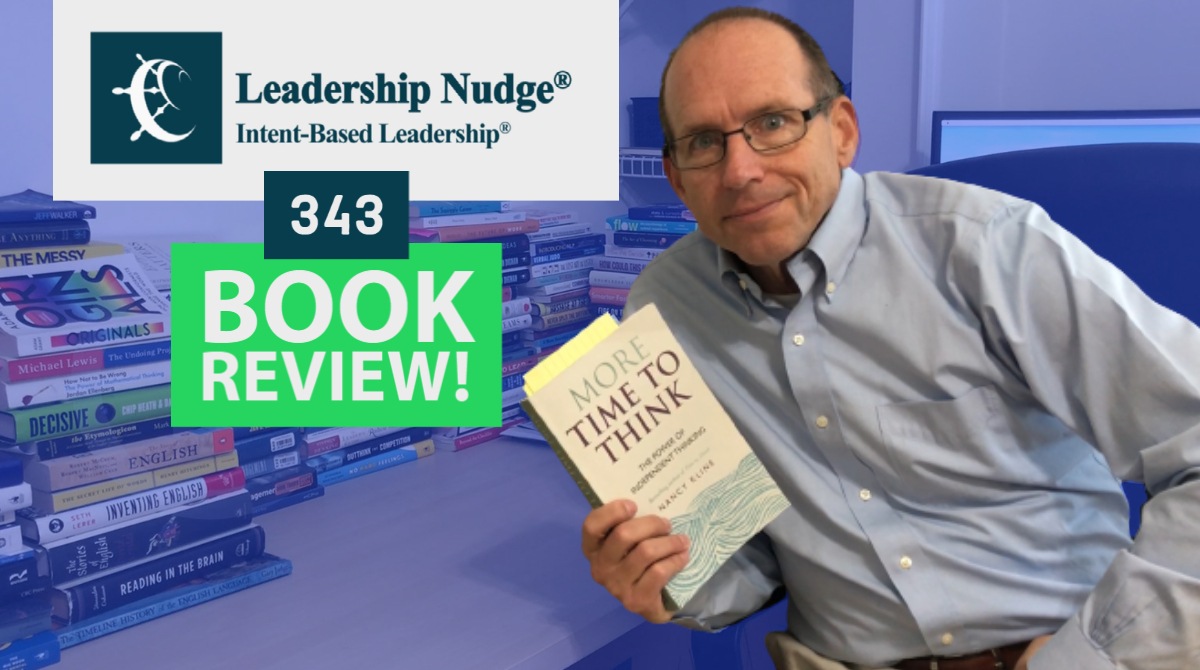Most of us have been programmed to run meetings based on an Industrial Age model that encourages consensus and conformity rather than a free exchange of ideas. Because of this, decision opportunities are missed, and when decisions are made, they are more likely to be a continuation of the current activities, or tacit support of the leader’s idea.
For example, the common meeting practice of (1) open sequential discussion, then (2) binary voting is designed for tacit compliance not dissent and commitment. The reason is that even if the leader withholds his or her opinion, it becomes apparent pretty quickly what the group thinks and this makes it harder for people who think differently from the group from speaking up.
Instead, vote first, then discuss. And the discussion is not a free for all with the loudest people jumping in first but a structured invitation to those who voted the most extreme positions (for or against) to share what they see and think. In order to do this, the vote needs to be probabilistic, not binary. In other words “How strongly do you support this idea?” not “Do you support this idea?”
A simple tool for this are Probability Cards. We use 1, 5, 20, 50, 80, 95, and 99 because we want to isolate the strongest opinions, for or against.
Example. We have an upcoming software product release but there’s one more feature that is desired. Ask a question like, “How strongly do you feel that we should include this feature in the software?” Then people slide out a card. You flip over all the cards and then the key at this point is focused on the outliers.
Let’s say you got a bunch of 95s, some 99s, a couple 80s. And the group seems heavily skewed in one direction. But there is also a 5. The 5 is the outlier, the person who thinks most differently than the group. Invite them to speak. If they seem reluctant then a leader might ask “Why might someone put out a five?” or better, “What would cause someone to put out a five?”
When that person speaks, what is the role of the group?
They are curious and ask questions from a position of curiosity. They do not need to and should not defend their position, or explain why the person who voted 5 is so misguided. Why? Because all innovations start as outlying opinions and the group does not need more social weight supporting the most commonly held viewpoint.
So the sequence is:
- Prior to discussion, ask for a probabilistic vote allowing people to identify a range of opinions for or against.
- Invite the outliers to share what they see, and what they know first.
- As the outliers speak, the rest of the group asks questions from a mindset of curiosity.
By doing this, it may seem like it takes longer but groups learn how to quickly ask the question and move to relevant discussion. The decision will be made with as much of the common perspective and thinking as possible, not just the views of the most vocal members of the group.
Get a set of the cards for your team.
Watch nudge video 228 to learn more.
This post is one of many practices for moving away from Industrial Age language and meeting patterns in Leadership is Language.



